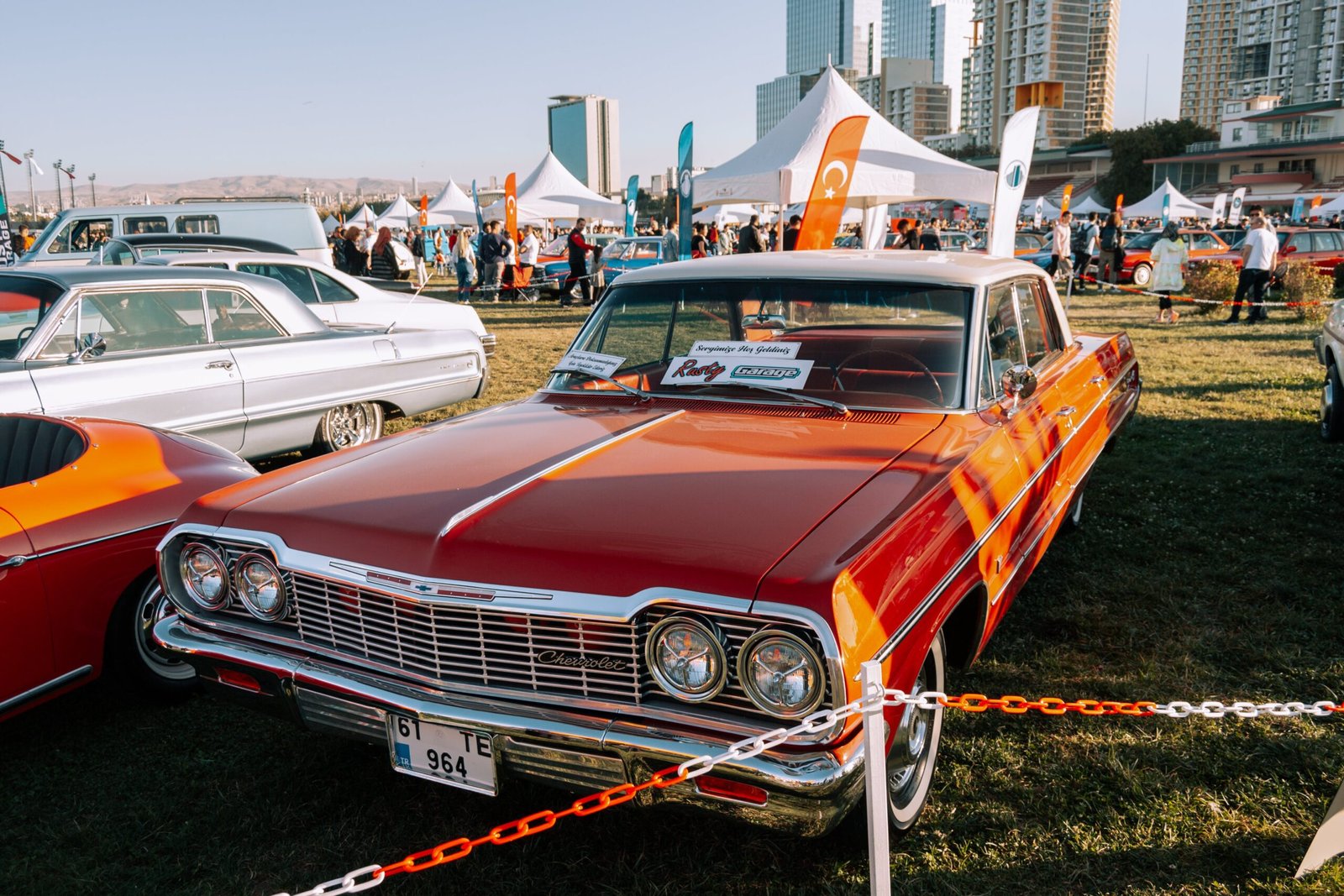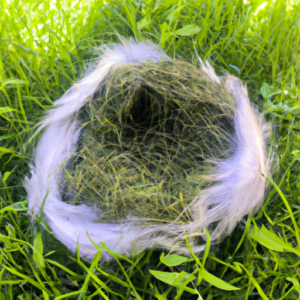
Are you a chicken enthusiast looking to sell your feathered friends or showcase them in a poultry show? If so, you may be wondering how to handle and transport these lively creatures without any trouble. Whether you’re a seasoned farmer or a beginner poultry keeper, understanding the proper techniques for handling and transporting chickens is essential. In this article, we will explore some practical tips and guidelines to ensure a smooth and stress-free experience for both you and your chickens. So, let’s jump right into it and discover how you can handle and transport chickens effectively for sale or shows.
Handling and Transporting Chickens
If you are involved in the business of selling or participating in shows with chickens, proper handling and transportation of these birds is crucial. Doing so ensures their well-being during the journey and helps maintain their health and productivity. In this article, we will guide you through the steps involved in handling and transporting chickens, ensuring a safe and stress-free journey for your feathered friends.

Choosing the Right Transportation Method
Choosing the right transportation method is the first step in ensuring a successful journey for your chickens. You have various options to consider, including crates, boxes, or coops. Each method has its advantages, so you should select the one that suits your specific needs and circumstances. Factors such as the number of birds, distance of travel, and the anticipated duration of the journey should be taken into account. Proper ventilation, security, and protection from weather conditions should also be considered when selecting the transportation method.
Preparing the Chickens for Transportation
Before loading the chickens into their transportation containers, some preparation steps are required to ensure their comfort and safety. First, make sure that the chickens are healthy and free from any illnesses or injuries. It is advisable to conduct a thorough health inspection before transportation. Trim their nails and beaks to prevent injuries during transit. Additionally, it is crucial to reduce their stress levels by maintaining a calm and quiet environment throughout the preparation process. Remember to avoid feeding them for a few hours before transportation to minimize the risk of bird droppings.

Loading the Chickens into Transportation Containers
Loading chickens into transportation containers should be done carefully to prevent injuries and ensure their comfort. It is recommended to gently handle the chickens and avoid grabbing them by their feathers or wings. Slow, deliberate movements will help keep the chickens calm. Place them into the container one at a time, ensuring there is enough space for each bird to stand and move around comfortably. Avoid overcrowding, as it can lead to stress and injuries during transportation.
Securing the Transportation Containers
Securing the transportation containers is essential for preventing accidents and ensuring the safety of the chickens. Ensure that the containers are properly closed and latched, reducing the chances of escape or injury. If using crates or boxes, securely fasten them in place, so they remain stable during transit. Double-check the locks and closures to avoid any unexpected opening during transport.

Providing Adequate Ventilation
Proper ventilation is crucial to maintain a healthy environment for the chickens during transportation. Ensure there is ample airflow inside the containers to prevent suffocation and minimize heat stress. Ventilation holes or gaps should be evenly distributed to allow for continuous air circulation. However, be cautious not to expose the chickens directly to strong drafts or extreme temperatures, as it can cause discomfort or health issues.
Maintaining Optimal Temperature and Humidity
Maintaining optimal temperature and humidity levels is vital to prevent heat or cold stress for the chickens during transportation. Depending on the weather conditions and the duration of the journey, you may need to make temperature adjustments inside the containers. Insulating the containers with appropriate materials can help regulate temperature and reduce the risk of temperature-related issues. Similarly, monitoring and controlling humidity levels ensure that the chickens do not experience excessive moisture or dehydration.
Feeding and Watering During Transportation
During transportation, the chickens may become stressed, and their dietary needs should be addressed accordingly. Providing food and water is essential to keep them hydrated and nourished. However, avoid filling the containers with excessive amounts of food or water, as it may become messy and cause discomfort. Use spill-proof containers and offer easily accessible feed and water sources to reduce spillage and ensure the chickens can easily consume them during the journey.
Minimizing Stress During Transportation
Minimizing stress during transportation is crucial to ensure the well-being and overall health of the chickens. Transportation can be a new and potentially overwhelming experience for them, so it is important to create a calm and stress-free environment. Avoid sudden movements, loud noises, or excessive vibrations during travel. Ensure a smooth ride that minimizes jostling and shaking. Additionally, monitoring and addressing any signs of distress or discomfort promptly is essential.
Unloading the Chickens at the Destination
Unloading the chickens at the destination should be done with care to prevent injuries and avoid unnecessary stress. Gently and slowly remove the chickens from the containers, ensuring they remain calm and comfortable. Provide a suitable and appropriate space for them to rest, recover, and readjust to their new surroundings. Access to food, water, and appropriate shelter should be readily available to help them settle down after the journey.
Post-Transportation Care
After the transportation journey, providing post-transportation care is crucial for the well-being and recovery of the chickens. Ensure they have adequate rest and access to clean water and quality feed. Observe them closely for any signs of illness, injury, or stress-related issues. It is essential to maintain a clean and sanitized environment to prevent the transmission of diseases. Taking these necessary steps after transportation ensures a smooth transition for the chickens and helps maintain their health and productivity.
In conclusion, handling and transporting chickens require careful planning and attention to detail. By choosing the right transportation method, preparing the chickens appropriately, providing adequate ventilation, and maintaining optimal temperature and humidity levels, you can ensure a safe and stress-free journey for your feathered friends. Minimizing stress, maintaining proper feeding and watering, and providing post-transportation care further contribute to their well-being and overall health. Following these guidelines will help guarantee a successful and comfortable transportation experience for your chickens, be it for sale or shows. So, go ahead and implement these practices to ensure the best for your flock!







